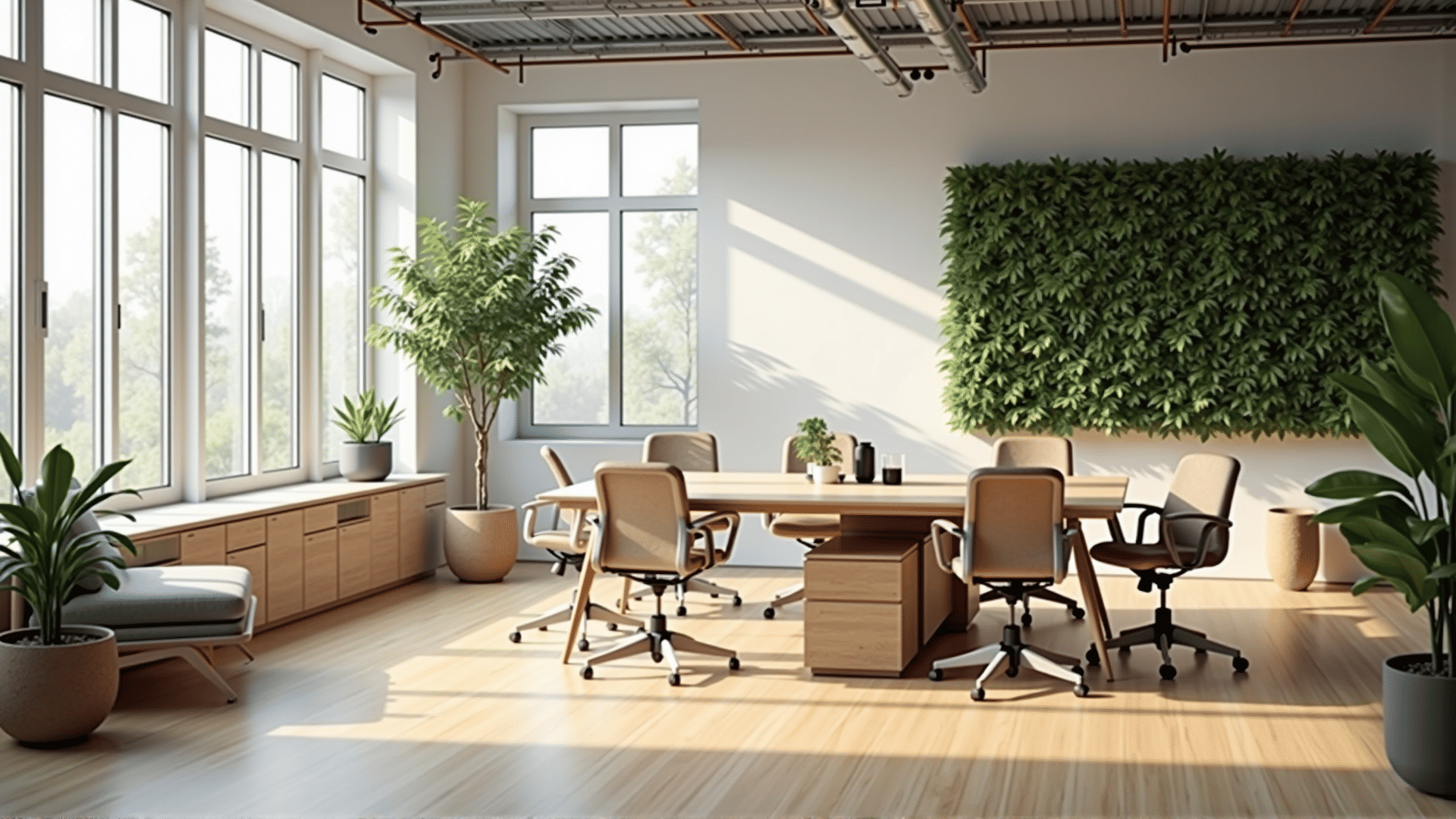In an era where environmental consciousness is not just a trend but a necessity, sustainable design practices have emerged as a cornerstone for responsible development. These practices are not limited to minimizing environmental impact but also enhancing the well-being of individuals and communities. They emphasize a harmonious coexistence between human development and the natural world, offering solutions that respect the planet's finite resources.
At the heart of sustainable design is the principle of eco-friendliness. This involves using materials that are renewable, recycled, or produced with minimal environmental impact. For instance, bamboo and cork are popular choices due to their rapid regrowth and low processing footprint. Similarly, recycled metals and plastics find new life in construction and product design, reducing the demand for virgin materials and thus minimizing energy consumption and waste.
Energy efficiency plays a crucial role in sustainable practices. Incorporating technologies such as solar panels, green roofs, and energy-efficient appliances can significantly reduce a building's carbon footprint. These technologies not only cut down on emissions but also result in substantial cost savings over time, proving that sustainability and economic benefits are not mutually exclusive. Passive design strategies, which harness natural light and ventilation, further bolster energy efficiency by reducing the need for artificial lighting and air conditioning.
Water conservation is another pivotal aspect. Sustainable design solutions include low-flow fixtures, rainwater harvesting systems, and greywater recycling. These practices ensure that water, one of our most precious resources, is used judiciously and efficiently.
Moreover, sustainable design inherently considers the social and economic impacts of development. Projects are implemented with a community-centric approach, ensuring that they meet the needs of current and future generations. This involves engaging local communities in the planning process, which not only caters to their unique needs but also empowers them to become stewards of their environment.
Finally, sustainable design champions adaptability and resilience. In a world increasingly affected by climate change, designs that can withstand environmental stresses are paramount. This includes using modular and flexible building methods that allow structures to be easily reconfigured or expanded, as well as selecting materials that offer durability against extreme weather conditions.
In conclusion, sustainable design practices represent a holistic approach to development, balancing ecological, social, and economic considerations. They provide a blueprint for creating environments that not only fulfill human needs but also nurture and protect the planet. By adopting these practices, we can ensure a legacy of responsible development that will sustain future generations.
